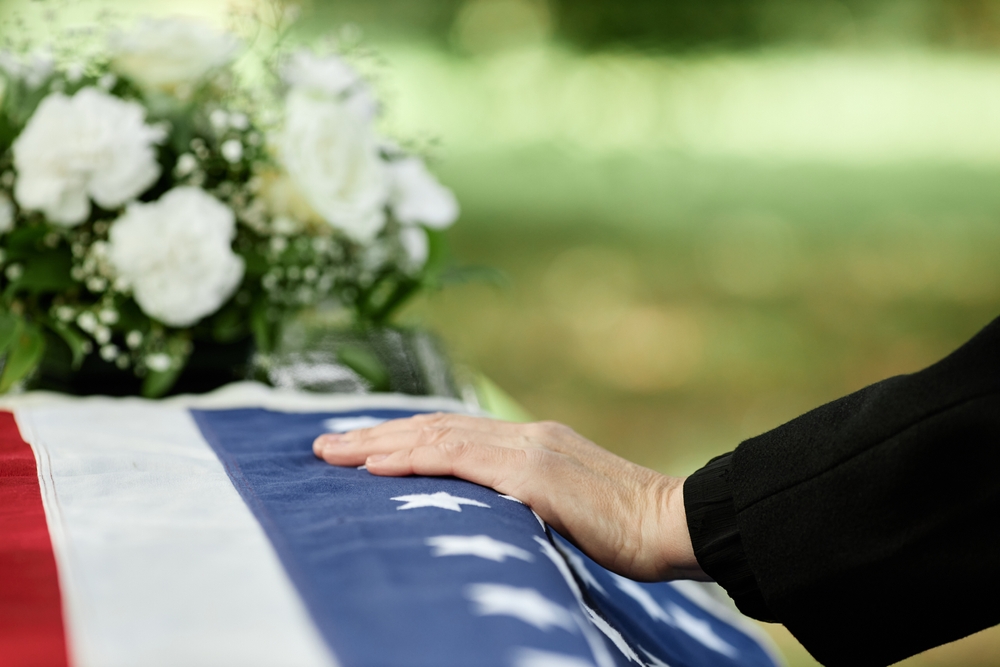Pros and Cons of the Elective Camp Lejeune Payment Option
Camp Lejeune toxic water victims have waited decades for justice, and the Camp Lejeune Justice Act (CLJA) enacted last year was designed to help survivors receive compensation. But the claims process has been plagued with delays and setbacks, and many veterans wonder whether they’ll ever see a payout. The Department of Justice and the U.S. Navy introduced a faster Camp Lejeune payout process earlier this month to reduce the number of claims that go to court. While the new plan could be a good option for some veterans, it may not be the best path forward for all people affected by Camp Lejeune’s toxic exposure. Every case is different, so contacting a Camp Lejeune attorney is essential before deciding how to proceed with your claim.
What Happened At Camp Lejeune?
For more than 30 years, Camp Lejeune had a water contamination problem. Water plants at the North Carolina military base contained toxic chemicals detrimental to human health. Documents show that the U.S. Marines knew about the contamination for years before shutting down the affected water plants. In the meantime, more than a million people unknowingly drank and bathed in water that contained toxins. When the military alerted the public to the water contamination, it was too late for the servicemembers, family members, and workers who developed severe illnesses due to chemical exposure.

Historically, Camp Lejeune victims have only sought recourse through the U.S. Department of Veterans Affairs. Military veterans are typically barred from suing for injuries obtained while on active duty. The Camp Lejeune Justice Act created a two-year window allowing Camp Lejeune victims and surviving family members to submit claims to the U.S. Navy Judge Advocate General and file Camp Lejeune lawsuits if the process isn’t successful.
Unexpected Camp Lejeune Claims Delays
When the Camp Lejeune claims process rolled out, the U.S. Navy was given six months to respond to claims with a settlement offer or denial. But it quickly became apparent that the deadline wasn’t going to be met — the government didn’t settle any of the claims it received in the first six months after the CLJA’s passing. A claimant can file a Camp Lejeune lawsuit if the government offers a dissatisfactory settlement amount, denies the claim, or doesn’t respond. More than 90,000 people have filed claims, and none have received payouts. The delays have been met with frustration by victims and lawmakers, some of whom have demanded the federal government explain what’s taking so long.
The Department of Justice and the U.S. Navy announced a new payout system earlier this month to address setbacks. The Elective Option (EO) allows Camp Lejeune victims with qualifying conditions to receive payouts up to $550,000 if they have been diagnosed with kidney cancer, liver cancer, Non-Hodgkin’s lymphoma, leukemia, bladder cancer, multiple myeloma, Parkinson’s disease, kidney disease (end-stage renal disease), or systemic sclerosis/systemic scleroderma. The amount a victim receives depends on how long they were stationed at Camp Lejeune. The payout plan will likely provide faster relief for veterans if it doesn’t face the same challenges as the original claim process, but it isn’t the best option for everyone. Let’s explore who can benefit from the voluntary Elective Option and who may choose to pursue a Camp Lejeune lawsuit instead.
Camp Lejeune Elective Option Pros
Speeds Up The Process: Many veterans who filed Camp Lejeune claims have serious illnesses that have shortened their lifespan. In some cases, victims are terminally ill with a short time left to live. If someone is eager to see a settlement before they pass away, the new payout process may be more appealing.
Helps Harder To Prove Cases: If you were diagnosed with a qualifying disease but only spent 30 days at Camp Lejeune, the government could argue that other factors contributed to your illness if your case goes to court. Under the payout system, you’d be eligible for compensation worth hundreds of thousands of dollars.
Simplified Eligibility: If a veteran was stationed at Camp Lejeune for more than 30 days from August 1953 to December 1987 and later received a qualifying diagnosis, they’re eligible for the EO. The process requires less evidence than a lawsuit and is more streamlined.
Camp Lejeune Elective Option Cons
Can’t File A Lawsuit: The Elective Option aims to ease the burden on the court system, so veterans who choose this path can’t later file lawsuits against the government. You might regret forfeiting this option, especially if you discover that you can get more money in court, where you can ask for damages for pain and suffering, lost wages, and other losses not recognized under the EO.
Multiple Qualifying Illnesses: Even if veterans were diagnosed with more than one qualifying illness after Camp Lejeune exposure, they’d only be eligible for payment for one of the illnesses, typically the one with the highest compensation. In this case, a lawsuit may lead to a better result.
Capped Settlement Amount: While a faster payout may sound appealing to some Camp Lejeune survivors, payouts from lawsuits will likely be higher. And no one knows yet how fast the Elective Option will take. Victims eager to complete the process may accept a lower amount through the EO. However, they should know that a lawsuit may return more money to them.
To qualify for the Camp Lejeune Elective Option, you must still go through the Camp Lejeune lawsuit claims process. You could receive an EO settlement offer if you’ve already filed a claim. Every Camp Lejeune case is different, so you should talk to a lawyer handling Camp Lejeune claims before deciding how to proceed. An attorney can examine the facts of your case and advise you on the best way to move forward.





















